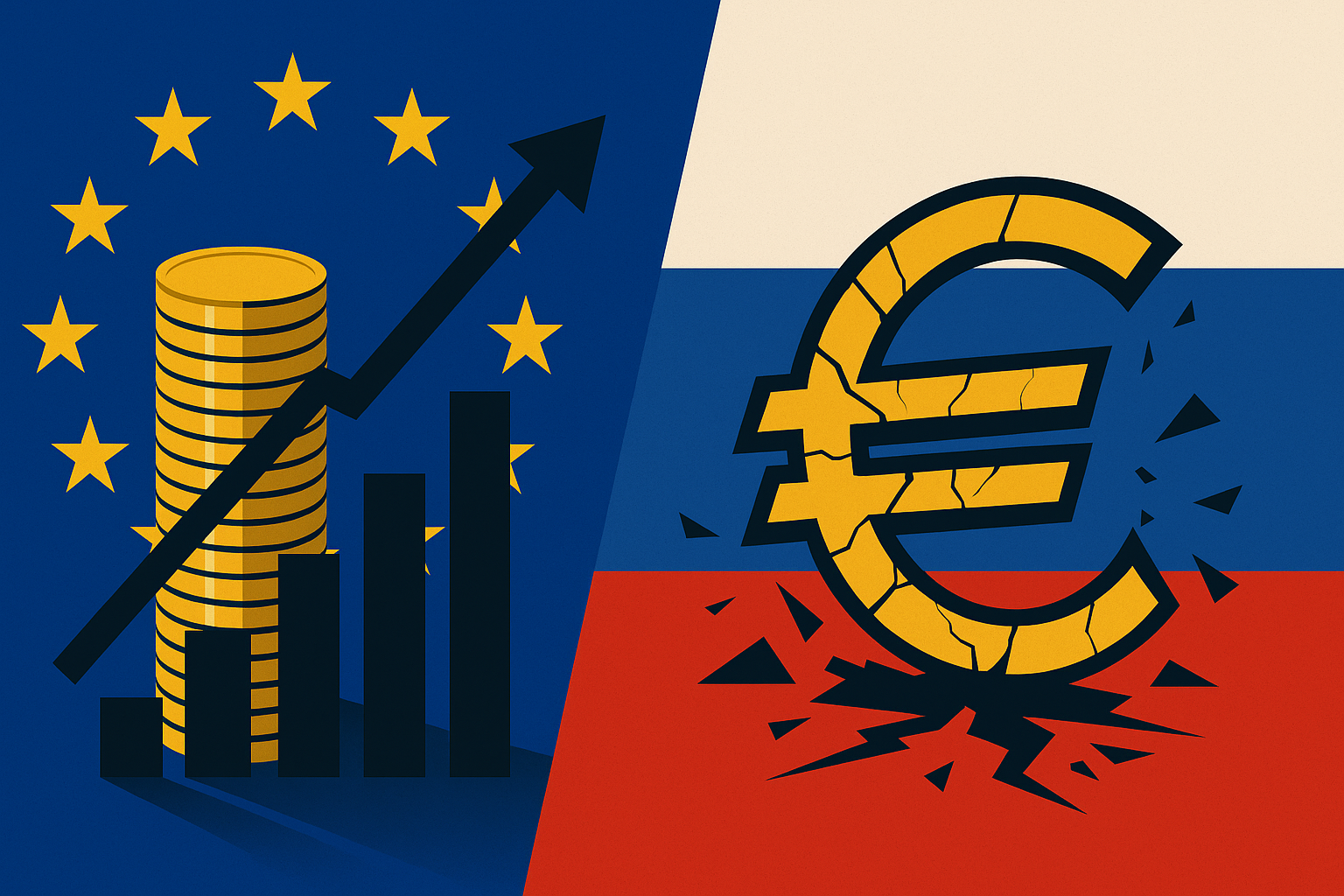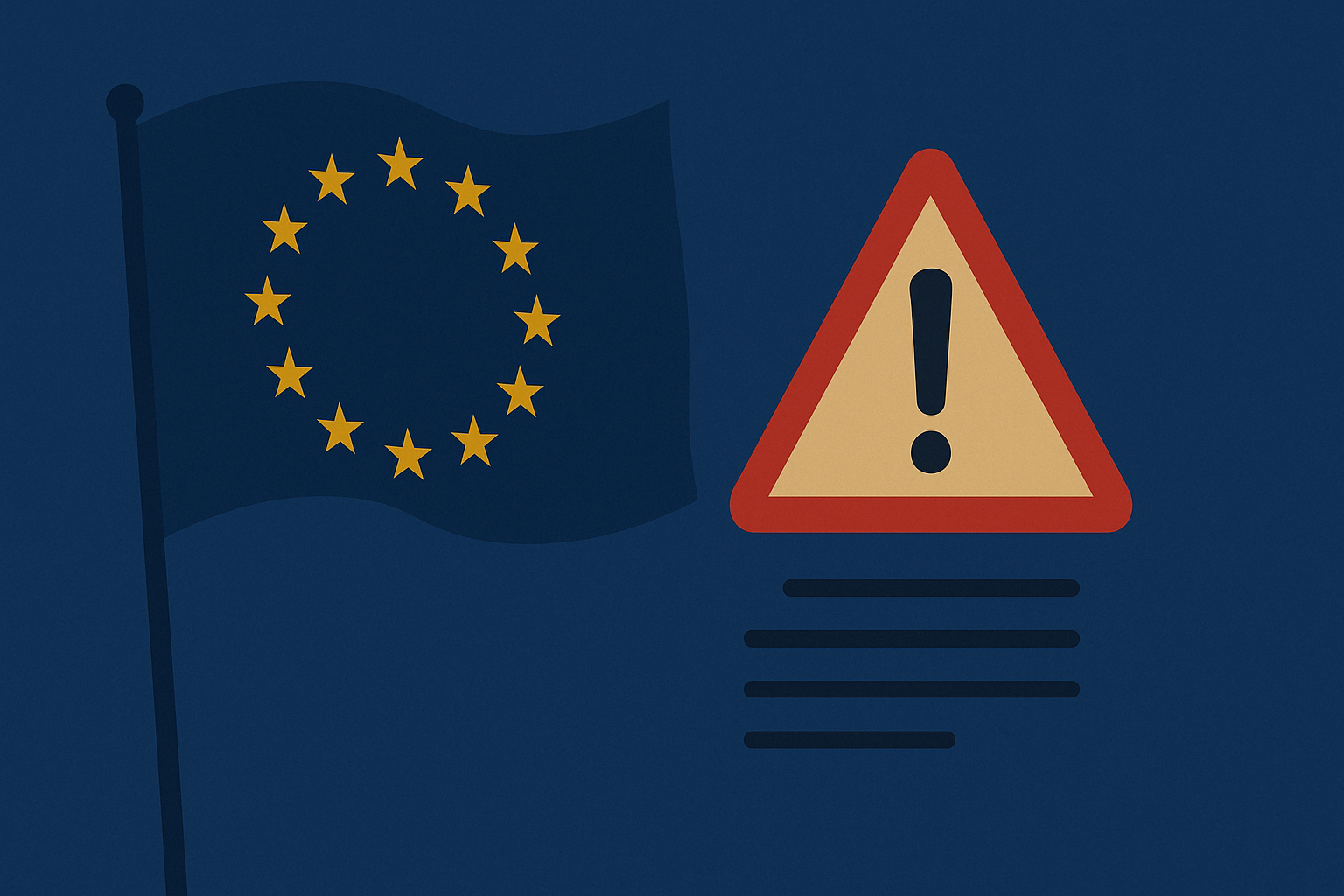Cyprus is commemorating the 51st anniversary of the 1974 Turkish invasion, a military operation that led to the partition of the island and continues to define its geopolitical landscape. On July 20, 1974, Turkish forces launched a two-phase offensive that ultimately brought 36% of the island under Turkish military control—a situation that remains unresolved today.
Sirens sounded across Cyprus this morning, as they do every year, marking the moment when approximately 40,000 Turkish troops landed on the northern coast near Kyrenia. The operation, codenamed “Attila”, included an extensive aerial bombardment campaign and triggered widespread destruction and civilian panic.
The invasion followed a failed coup attempt five days earlier, orchestrated by the Greek junta-backed Cypriot National Guard. The goal of the coup was to overthrow then-President Archbishop Makarios III and unite the island with Greece in a movement known as Enosis. Makarios fled the country via Paphos and addressed the United Nations from New York, condemning the coup and warning of the consequences. By the time of his speech on July 19, Turkey had already mobilized.
Turkey has long claimed that its military intervention was necessary to restore constitutional order and protect the Turkish Cypriot minority. However, the international community—including the United Nations and the European Commission of Human Rights—has repeatedly condemned the invasion as illegal and in violation of Cyprus’s sovereignty.
The initial Turkish advance was rapid, aided by the lack of air cover and modern equipment available to Cypriot and Greek forces. An estimated 12,000 soldiers attempted to defend the island under the command of Brigadier General Michalis Georgitsis, a key figure in the earlier coup.
Although a brief ceasefire was reached days after the invasion began, Turkish forces controlled only about 3% of the island at that point. The second phase, “Operation Attila II”, launched in August 1974, resulted in the occupation of a much larger portion of the island, including significant civilian displacement.
Approximately 200,000 Greek Cypriots were forced to flee their homes in the north and resettle in the south. Turkish Cypriots residing in the south moved north, effectively cementing the island’s division. Today, Turkey maintains more than 35,000 troops in the self-declared “Turkish Republic of Northern Cyprus,” a state recognized only by Ankara. EU law is not enforced in this breakaway region.
While the Greek Cypriot side has also faced accusations of violence—most notably the massacre of more than 100 Turkish Cypriots in Maratha, Santalaris, and Aloda by the Greek Cypriot paramilitary group EOKA B—international focus remains on the enduring occupation and its consequences.
Over 2,000 Cypriots remain missing due to the conflict and earlier intercommunal violence in the 1960s. Roughly three-quarters of them are Greek Cypriots; the rest are Turkish Cypriots.
Despite decades of diplomatic efforts and UN-led peace talks, a political solution has yet to be reached. Most recently, discussions in New York failed to resolve the island’s core disputes. During a visit to the Turkish-held north of Cyprus today, Turkish President Recep Tayyip Erdoğan reiterated support for a two-state solution, urging the international community to “accept the reality on the ground”—a stance firmly rejected by most Cypriots and the international community.
As Cyprus marks this solemn anniversary, the scars of 1974 remain deeply embedded in its political, social, and cultural fabric.








